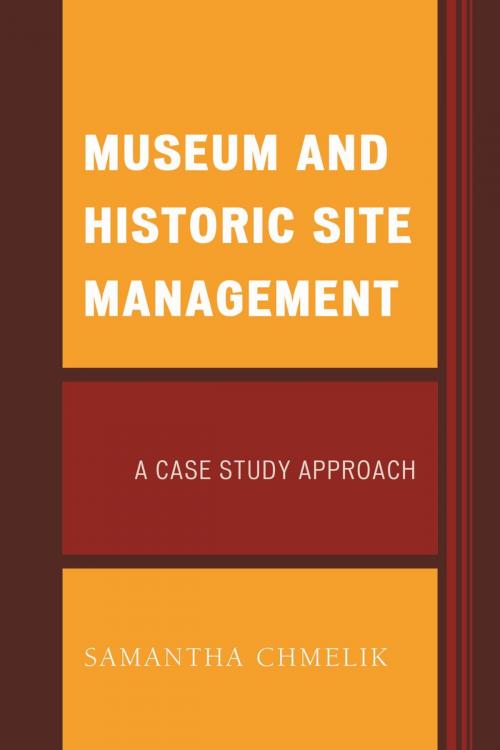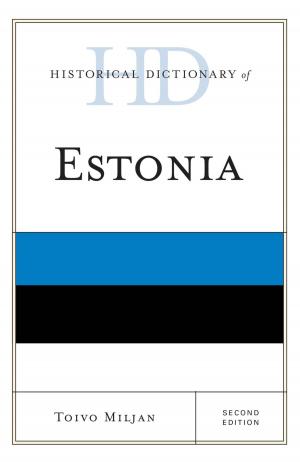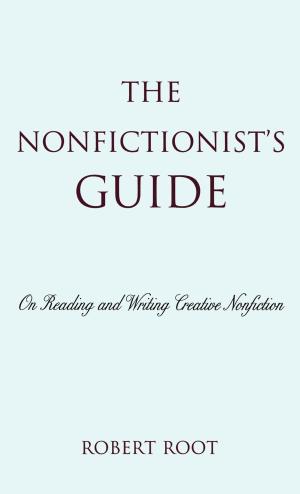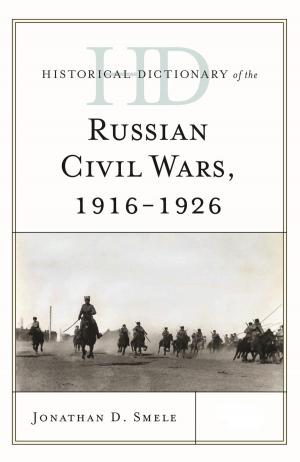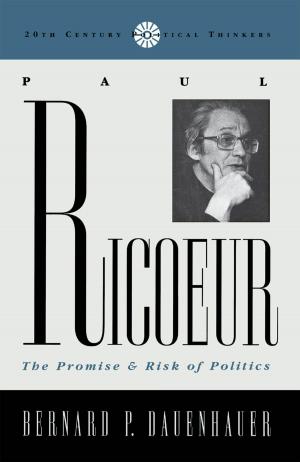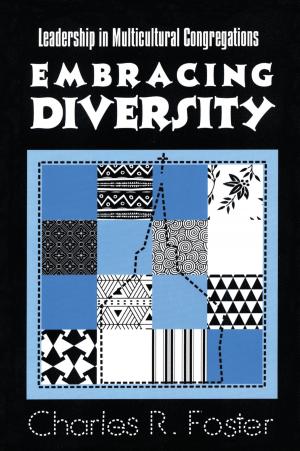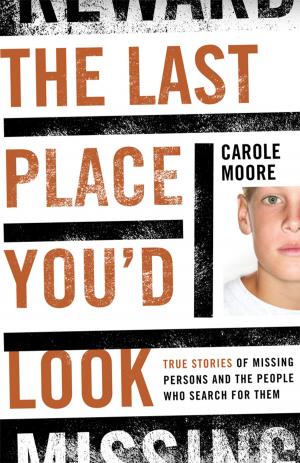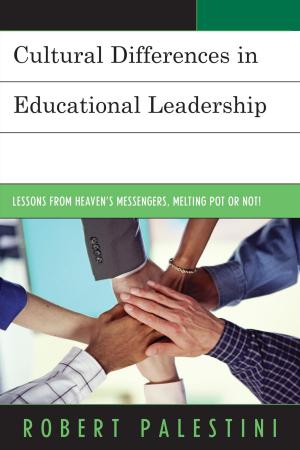Museum and Historic Site Management
A Case Study Approach
Business & Finance, Industries & Professions| Author: | Samantha Chmelik | ISBN: | 9781442256392 |
| Publisher: | Rowman & Littlefield Publishers | Publication: | October 16, 2015 |
| Imprint: | Rowman & Littlefield Publishers | Language: | English |
| Author: | Samantha Chmelik |
| ISBN: | 9781442256392 |
| Publisher: | Rowman & Littlefield Publishers |
| Publication: | October 16, 2015 |
| Imprint: | Rowman & Littlefield Publishers |
| Language: | English |
Museum and Historic Site Management: A Case Study Approach utilizes the classic business case study approach to help museum and public history professionals think through different scenarios and understand/anticipate different points of view in resolving issues.
The case studies are fictionalized representations of real life situations that have occurred at museums, historic sites, and non-profit organizations. Elements from multiple situations will be incorporated into each case study to create multi-faceted scenarios that challenge the reader to develop their own creative, yet pragmatic solutions.
The case studies read like a story—embedding the reader in the fictionalized museum or historic site. A brief introduction will contextualize the issues under exploration. Then the case begins with the story. The main protagonist guides the reader through the issues at hand. Other characters posit different points of view. The solution is not provided. Instead, while considering his/her options for resolving the situation, the protagonist asks a series of questions that provide guidelines for different solutions. For example, in a case involving deaccessioning, the protagonist might consult AASLH materials, AAM standards, and newspaper articles about the Delaware Art Museum or Brandeis University Rose Art Museum deaccessioning. Based on those materials and other discussion points, the protagonist will consider the various solutions.
The thirty case study topics include board management, fundraising, personnel planning, technology, and financial planning.
The preface includes detailed notes on how to use the cases in instructional settings.
Museum and Historic Site Management: A Case Study Approach utilizes the classic business case study approach to help museum and public history professionals think through different scenarios and understand/anticipate different points of view in resolving issues.
The case studies are fictionalized representations of real life situations that have occurred at museums, historic sites, and non-profit organizations. Elements from multiple situations will be incorporated into each case study to create multi-faceted scenarios that challenge the reader to develop their own creative, yet pragmatic solutions.
The case studies read like a story—embedding the reader in the fictionalized museum or historic site. A brief introduction will contextualize the issues under exploration. Then the case begins with the story. The main protagonist guides the reader through the issues at hand. Other characters posit different points of view. The solution is not provided. Instead, while considering his/her options for resolving the situation, the protagonist asks a series of questions that provide guidelines for different solutions. For example, in a case involving deaccessioning, the protagonist might consult AASLH materials, AAM standards, and newspaper articles about the Delaware Art Museum or Brandeis University Rose Art Museum deaccessioning. Based on those materials and other discussion points, the protagonist will consider the various solutions.
The thirty case study topics include board management, fundraising, personnel planning, technology, and financial planning.
The preface includes detailed notes on how to use the cases in instructional settings.
